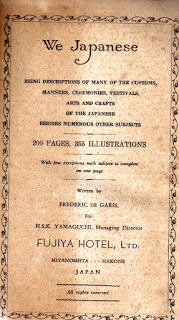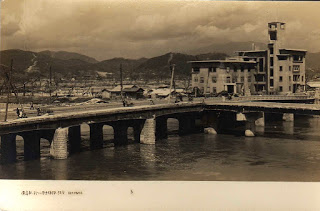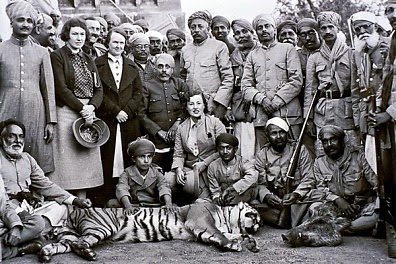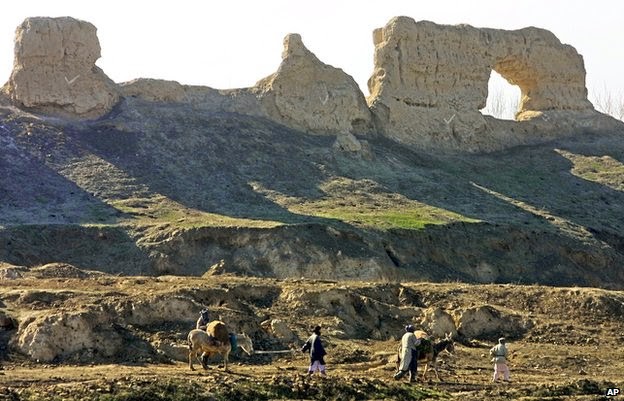 Thibaw Min (sometimes Theebaw) (1859 – 1916) was the last king of Burma. His reign ended when Burma was defeated by the forces of the British Empire in the Third Anglo-Burmese War, on 29 November 1885. King Thebaw was put in a bullock-cart with his queen by the British and in the presence of a great crowd of weeping subjects, they were conveyed to a steamer on the Irawadi and thence into exile. Without much of the wealth and jewels he had formerly possessed, while in exile he recorded this testimonial for Esoof Cheroots (a brand of Indian cigarettes). This appeared in The Times in 1890.
Thibaw Min (sometimes Theebaw) (1859 – 1916) was the last king of Burma. His reign ended when Burma was defeated by the forces of the British Empire in the Third Anglo-Burmese War, on 29 November 1885. King Thebaw was put in a bullock-cart with his queen by the British and in the presence of a great crowd of weeping subjects, they were conveyed to a steamer on the Irawadi and thence into exile. Without much of the wealth and jewels he had formerly possessed, while in exile he recorded this testimonial for Esoof Cheroots (a brand of Indian cigarettes). This appeared in The Times in 1890.
My late father, the Royal Mindon Min, the golden-footed lord of the white elephant, master of a thousand gold umbrellas, owner of the Royal peacocks, lord of the sea and of the world, whose face was like the sun, always smoked the Esoof cheroot while meditating on his treatment of the bull-faced, earth-swallowing English. Had I done the same I should never have lost my throne, but I used the opium-drugged cheroots from Manila and the trash which was sent to me from San Francisco, and I fell.
Umbrellas are used ceremonially in Burma – when his wife Queen Supayalat died in 1925 she was described as lying in state, ‘shielded under eight white royal umbrellas…’, attended by 90 Buddhist monks and the British Governor Sir Harcourt Butler with a guard of honour of the Mounted Police complete with a 30 gun salute. She lies buried at the foot of the Shwedagon Pagoda in Kandawmin Gardens between the tombs of Aung San Suu Kyi’s mother Khin Kyi and the former UN Secretary General U Thant. King Theebaw was buried at Ratnagiri, India (where he had received a state pension of 100,000 Rupees a year) in a small walled plot adjacent to a Christian cemetery, along with one of his consorts.














